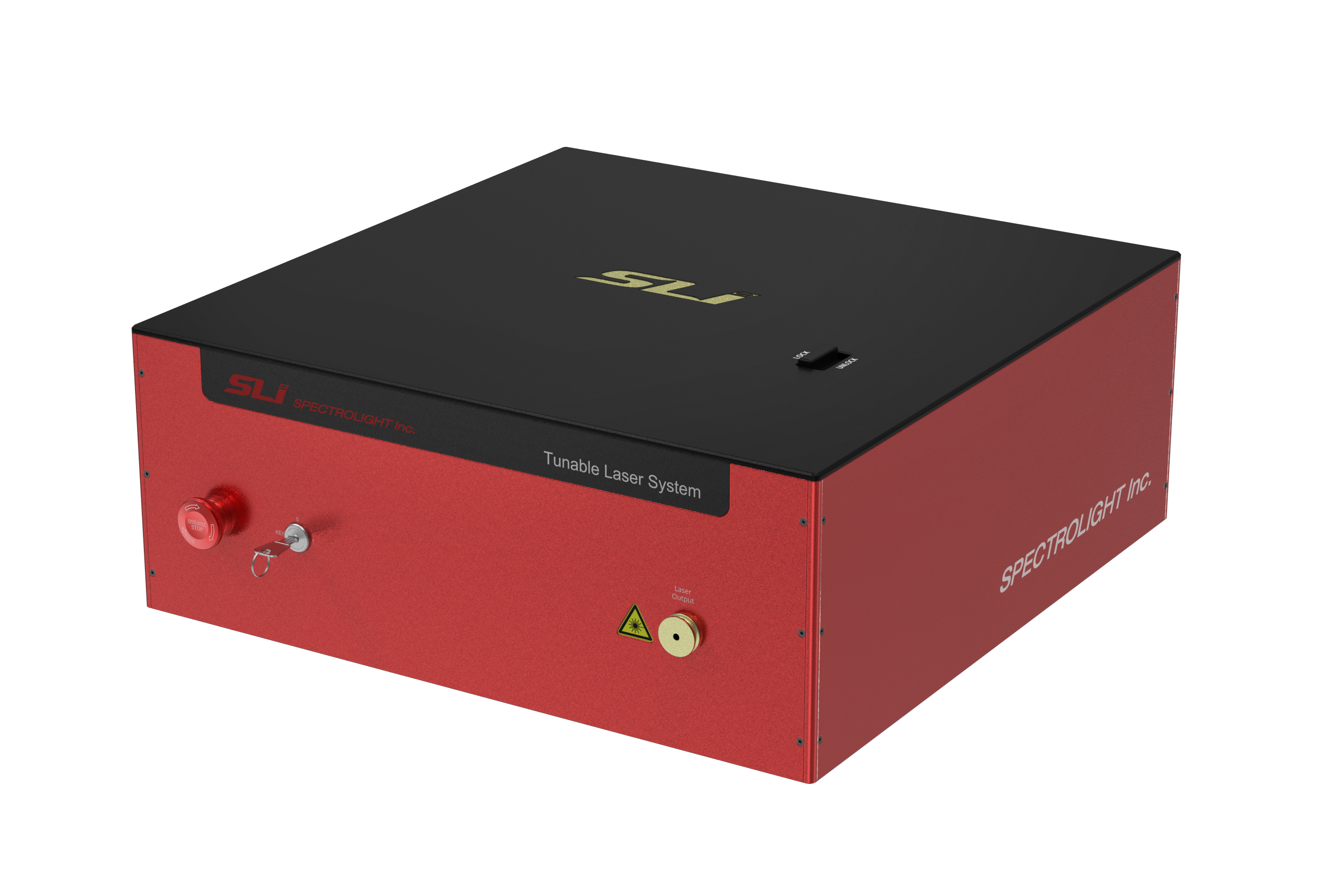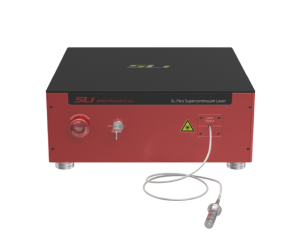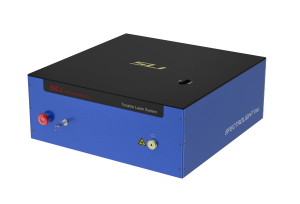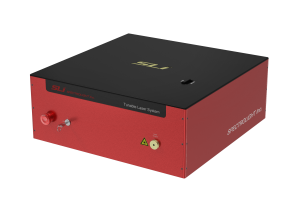The Supercontinuum Lasers We Offer:

Single Light Source w/ Super-Wide Spectral Bandwidth
-
- All-in-one light source for any wavelength
- Super-wide continuous optical spectrum with a very broad spectral bandwidth
- Combine brightness/focusing of a laser w/ the broad bandwidth of a white-light bulb

Ultimate Tunability: Wavelength/pulse width/rep. rate/output power
-
- Fixed or variable repetition rate depending on configuration
- Ability to adjust power, wavelength, and real-time bandwidth control
- Choose the wavelength range that is important to you VIS, IR, or SWIR

Replace Multiple Laser/Light Sources for Various Applications
-
- Eliminate the need for multiple tunable lasers
- Easy integration with full tunability from a single output
- Designed for applications that require a wide range of wavelengths
For nearly 30 years, RPMC’s selection of Supercontinuum Lasers has set the standard for affordable precision across a wide range of applications, from defense to medical, industrial, and research with 1000’s of successful units in the field. We understand that every application has unique requirements, which is why our configurable platforms are designed to offer the perfect fit for your needs—whether you’re working with fundamental wavelengths, harmonics, or specialty wavelengths. As your partner, we’re here to guide you through the selection process, ensuring that your supercontinuum laser integrates seamlessly into your existing systems. With time-tested technology that balances power and precision, we’re committed to supporting your success every step of the way.

 SHIPS TODAY
SHIPS TODAY 




